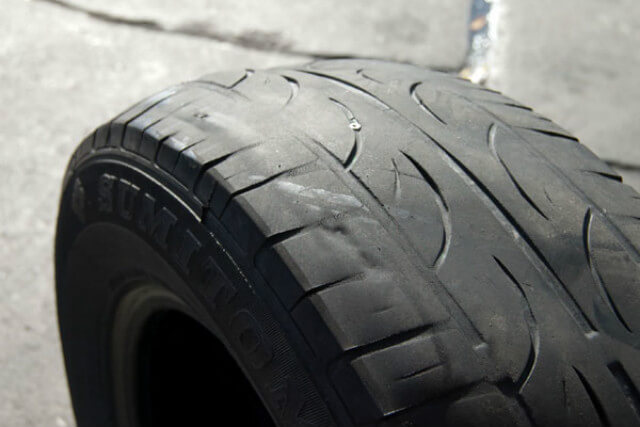Flat spots on tyres can be a cause for concern for any vehicle owner. They occur when a tyre becomes deformed, often as a result of prolonged stationary positioning or sudden braking. Understanding the causes, effects, and solutions for flat spots is crucial for maintaining vehicle safety and performance.
What Are Flat Spots?
Flat spots refer to the localized areas on a tyre that lose their round shape, creating an uneven surface. This can lead to vibrations, noise, and uneven wear, which can ultimately affect the vehicle’s handling and safety.
Causes of Flat Spots
There are several reasons why flat spots can develop on your tyres:
- Prolonged Stationary Position: Leaving a vehicle stationary for extended periods, especially in hot weather, can cause the tyres to develop flat spots.
- Hard Braking: Sudden and hard braking can cause the tyre to skid, leading to flat spots.
- Improper Inflation: Under-inflated or over-inflated tyres are more susceptible to developing flat spots.
- Defective Tyres: Manufacturing defects or poor-quality tyres can contribute to flat spot formation.
- Driving Conditions: Frequent driving on uneven surfaces or potholes can lead to tyre deformation.
Signs of Flat Spots
Recognizing the signs of flat spots early can help prevent further damage:
- Vibrations: A noticeable vibration in the steering wheel or throughout the vehicle while driving.
- Noise: Unusual thumping or noise coming from the tyres while in motion.
- Uneven Wear: Inspecting the tyres may reveal areas that are more worn than others.
- Visual Inspection: Flat spots may be visible upon close inspection of the tyre surface.
Effects of Flat Spots
Flat spots can have several negative effects on your vehicle, including:
- Reduced Handling: Flat spots can lead to poor handling and decreased vehicle control.
- Increased Wear: Flat spots can cause uneven tyre wear, necessitating premature replacement.
- Safety Risks: The combination of vibrations and handling issues can compromise safety on the road.
- Increased Fuel Consumption: A vehicle that is difficult to control may require more power, leading to higher fuel consumption.
Preventing Flat Spots
Preventing flat spots is primarily about proper tyre maintenance and vehicle care:
- Regularly Rotate Tyres: Regular rotation helps ensure even wear across all tyres.
- Maintain Proper Inflation: Check tyre pressure regularly and keep them inflated to manufacturer specifications.
- Avoid Hard Braking: Practice smooth driving techniques to minimize the risk of flat spots.
- Store Vehicles Properly: If leaving a vehicle stationary for an extended period, consider moving it occasionally or placing it on jack stands.
- Choose Quality Tyres: Invest in high-quality tyres that are less likely to develop flat spots.
Treating Flat Spots
If you discover that your tyres have flat spots, here are some options for treatment:
- Tyre Balancing: A professional balancing service can help mitigate some effects of flat spots.
- Tyre Replacement: If the flat spots are severe, replacing the tyres may be the best option.
- Re-treading: In some cases, re-treading may be a solution if the tyre tread is still in good condition.
Flat spots on tyres are not just an aesthetic issue; they can have serious implications for vehicle safety and performance. By understanding the causes and taking proactive steps for prevention and treatment, vehicle owners can ensure a smoother and safer driving experience. Always consult with a professional if you are unsure about the condition of your tyres.
Remember, your tyres are the only contact between your vehicle and the road, so maintaining their integrity is crucial for your overall safety.

